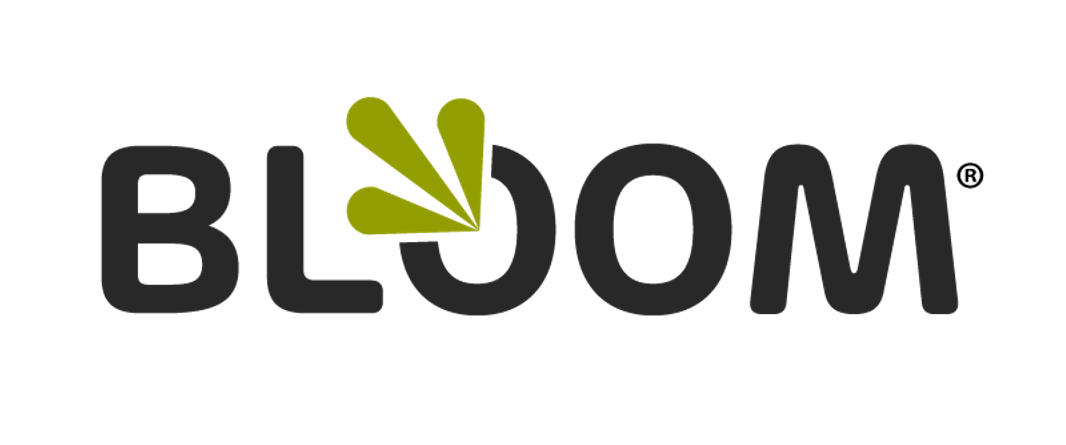Why Saas?
Many people ask us what is SaaS?
Well is stands for "Software as a Service" and it has many benefits as outlined in this Technology Advice blog.
What are the benefits of using a SaaS solution?
Businesses implementing a SaaS solution with a CSP vendor will quickly realize the advantages of moving to a SaaS platform. Besides immediate cost savings, a SaaS solution has other benefits.
Low installation cost
Software-as-a-service providers offer subscription plans to help businesses get online quickly. Some SaaS providers allow companies to personalize a subscription plan to meet unique business needs, though it may cost more for the changes. Even with premium features added to a SaaS subscription plan, companies will save money because installing and maintaining software or business information technology (IT) assets is costlier than SaaS plans.
Cost-effective
A SaaS solution eliminates traditional and on-premises upfront costs for hardware, software, and software licensing. As a result, all the costs associated with maintaining a traditional business server farm or data center — such as upgrades, overtime for unplanned outages, and routine maintenance — are gone.
Scalability
SaaS uses an on-demand pricing model. As an organization grows, with more employees, customers, or storage space needs, on-demand pricing will increase to match the new usage demand. Conversely, if the market demand for the services decreases, on-demanding pricing will drop to fit on-demand usage. On-demand usage eliminates the possibility of overpaying for additional IT resources that may only be needed seasonally. The upfront cost for the extra IT resources and monthly maintenance costs disappears too.
Accessibility
Whether employees are working remotely or customers are accessing a self-service feature offered by a SaaS solution, 24/7 year round access is available to employees and customers. Employees working at different job sites or in a different time zone will have the same access as those in a business or home office. For customer-oriented SaaS applications like customer relationship management (CRM) software, the CRM application can receive customer input anytime. For international companies that support remote work, SaaS solutions allow them to widen their hiring pool of qualified candidates.
Collaboration among invested parties
A SaaS solution promotes collaboration between individuals or groups of individuals. For example, a company that provides customer support 24/7 can make available to customers a distribution list, which someone from the distribution list constantly monitors. Additionally, individuals can send chat messages or file updates to anyone authorized to use the SaaS application. Document sharing, video conference calls, audio conference calls, and task management are all collaboration tools that make organizations that use SaaS solutions more efficient.
Traditional backup and data recovery vs SaaS service level agreement (SLA)
The standard of two-nines (99.50%) of availability for business applications means the application can only be down for less than 44 hours a year. Buying the best IT equipment, automating processes, and constantly monitoring network performance, including testing backups and data recovery plans, can get quite pricey for any business. Even a person working remotely on standby to meet the two-nines requirement gets paid by the hour.
Software-as-a-service SLAs come with a guaranteed uptime agreement. Whether a SaaS application needs two-nines or three-nines of guaranteed uptime, the SaaS guaranteed uptime agreement is less expensive than a business working on uptime with internal IT resources and staff. In addition, software-as-a-service vendors have multiple data centers that store business data in geographically dispersed data centers, which helps meet a business’s uptime requirement. See figure 2 for uptime availability standards.
SaaS software updates
Software-as-a-service vendors routinely update software to minimize potential zero-day attacks. Immediate software updates should be part of the SLA, with clear verbiage about timelines for software updates. SaaS software updates remove application bugs and make the application more user-friendly by adding improved features that help users become more proficient in using the application. When considering the benefits of a SaaS solution, businesses no longer have to take time to install or reinstall software and reboot the computer before updates are active.
SaaS cybersecurity
Software-as-a-service not only protects the SaaS application but protects the business data, too. Overall, SaaS solutions offer businesses a comprehensive solution with all the necessary software updates to protect or upgrade the application. There’s also added assurance that business data is protected and readily available in one of the SaaS vendor’s multiple data centers. In addition, SaaS providers will have state-of-the-art cybersecurity resources with in-house IT expertise to manage them.
>>Click to learn more good advice from this TechnologyAdvice blog article.
To learn how BLOOM as a SaaS solution can serve you, schedule a time to chat.
